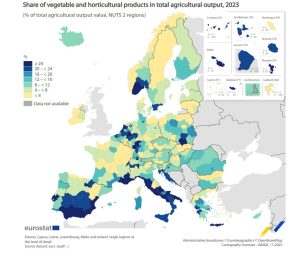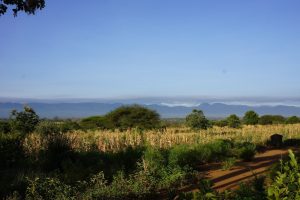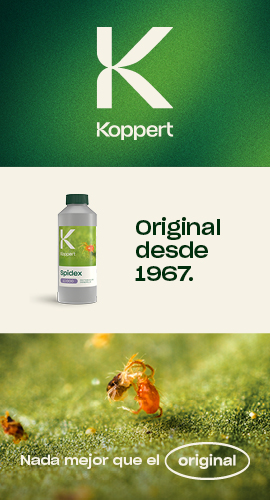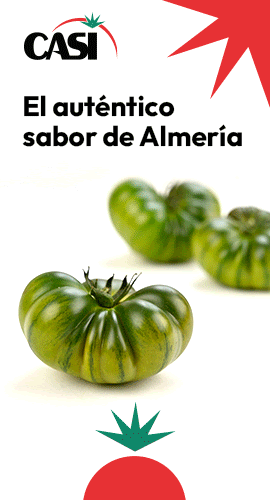This agreement marks the first concrete step within the Commission’s broader simplification initiative, designed to improve the implementation of the CAP and make it more efficient, particularly for small and medium-sized farms.
Less bureaucracy and more support for small producers
The provisional text maintains the core of the proposal presented by the Commission in May. Key measures include a reduction in administrative burden for both farmers and national administrations, as well as simplified on-the-ground controls.
The agreement also strengthens support for small farmers through simplified payments and more flexible rules for organic holdings. The package further provides crisis-related payments for active farmers affected by natural disasters or adverse weather conditions.
Co-legislators also reached agreements on crucial elements such as the green architecture, support for outermost regions, and data interoperability—laying the groundwork for a more efficient and coherent implementation of the CAP across the EU.
Concrete benefits for farmers and administrations
The measures contained in the package will deliver tangible benefits for European farmers by cutting paperwork, increasing flexibility and improving access to support. According to Commission estimates, the reforms could generate annual savings of up to €1.6 billion for farmers and €210 million for national administrations.
RELATED NEWS: EU agriculture ministers debate the ‘green architecture’ of the next CAP
Additionally, the new mechanisms will make payments, requirements and crisis-management tools simpler and more agile—making this simplification package one of the most significant achievements of the current CAP.
Entry into force and next steps
Once formally approved by the Parliament and the Council, the agreement will allow the measures to enter into force before the end of 2025, with direct effects beginning in 2026.
The Commission emphasises that this development reflects its commitment to a more competitive, flexible and climate-resilient agricultural model, while upholding the EU’s sustainability and food security objectives.




















